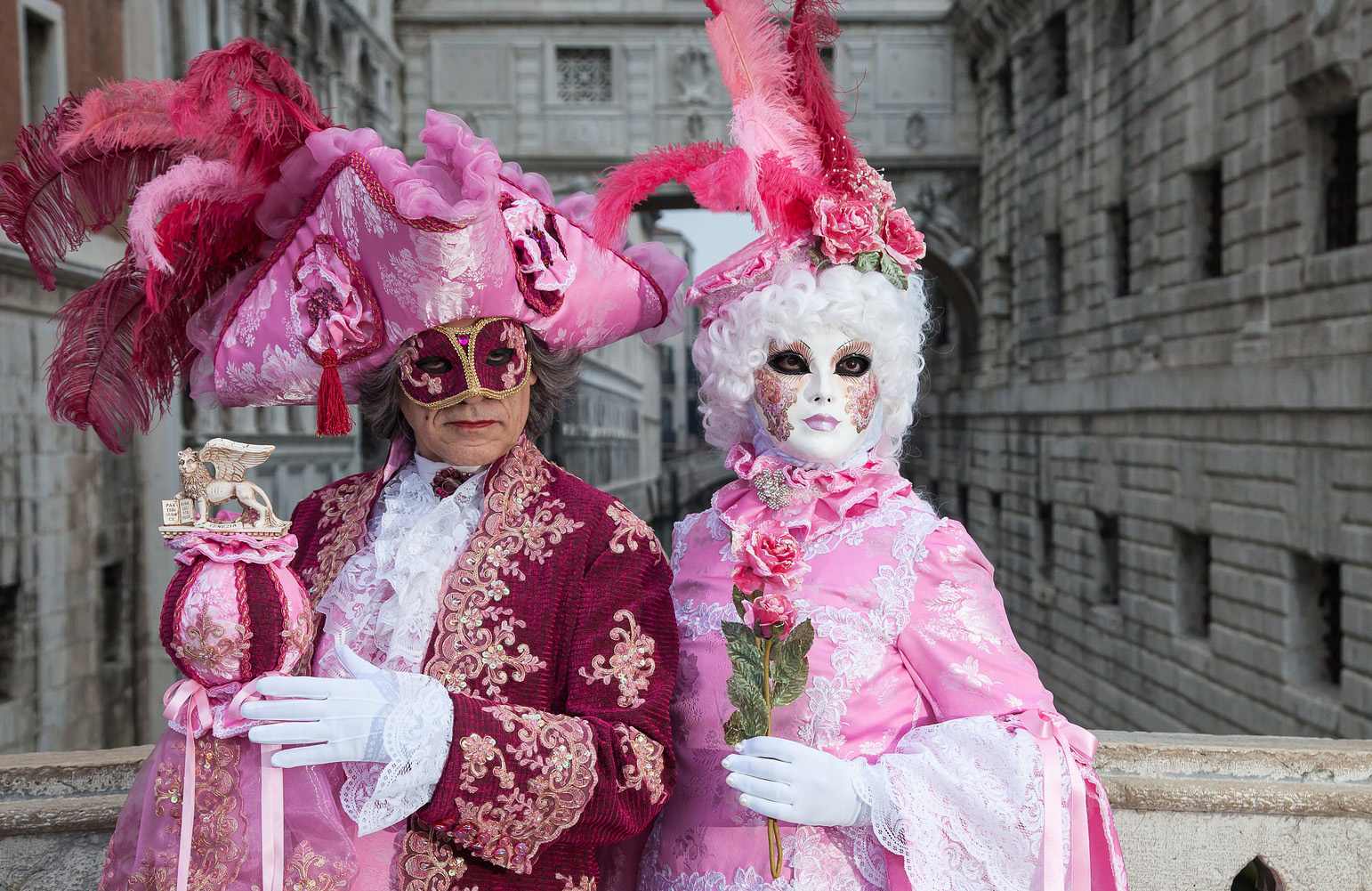The end of January marks the beginning of Carnevale in Italy. Carnevale (also known as Carnival) is steeped in tradition. The tradition began in ancient Greece and Rome with celebrations to the God Bacchus (Greek) or Saturn (Roman). Though some believe it originated even earlier with honoring the coming of spring where participants would paint their face and body and begin the festivities of ritualistic dancing and chanting. According to some scholars, the Greeks and Romans kept this tradition alive though slightly different. Instead of honoring the coming of spring they rejoiced over fertility and the rebirth of nature. Though in every celebration, at its core was the transformation from winter to spring.
Carnevale is still celebrated centuries later with this idea in mind. In Italy, during the renaissance, masks were adorned and extravagant parties were thrown just before Lent. The idea at this time, was to party as excessively as possible before giving up on simple pleasures for the religious holiday. This meant drinking profusely, eating the best one had to offer and seducing unsuspecting ladies in masks.
Presently, Rome has no shortage of Carnevale traditions which last for days. One of the most well-known being the numerous parades held around Rome’s center. From Piazza Navona to Via del Corso, you’ll find parades full of masked performers and actors dressed in jester makeup. The most famous characters are “Rugatino” an overly-confident braggart from Trastevere, “Cassandrino” a nobleman, “Meo Patacca” a beloved young boy and “Don Pasquale” a wealthy old man. You’ll also see horses and carriages reenacting the Berber horse race, arguably the most important event of Carnevale until 1874 when it was abolished for safety reasons.
In addition to watching the parades around Piazza Navona, take a stroll to Piazza del Popolo to witness a fireworks display, street performers and families all dressed up and throwing confetti in all directions. Don’t forget to try the Carnevale foods such as frappe, fried dough with powdered sugar (much like funnel cake), or Castagnole, fried balls of dough that can be stuffed with Nutella, sweet ricotta or crème.
Though as we all know, the most recognized party is held in Venice. The more modern originators of the tradition. Carnevale in Venice is city wide and lasts weeks. This year Carnevale will begin on February 8th and end on February 25th with the official Carnevale dinner and ball. Entry to this epic event will cost you no less than 500 euro per person. If this is a bit too steep for you, don’t worry not every event is so exclusive. On any given day of the festivities you’ll find parades, dancing, drinking and plenty of eating in the streets.

If Rome or Venice are not within reach, have no fear, nearly every town no matter how big or small will have some party in celebration of Carnevale with all the typical festivities and street foods. So, no matter where you are in Italy, you’ll have no trouble finding an unforgettable party to attend during this time.
